Stapedectomy surgery is the best treatment for hearing loss due to otosclerosis, abnormal hardening of the middle ear bones. Consult expert ENT specialists at HeptaCare Health for advanced treatment of otosclerosis via advanced stapedectomy surgery and prevent complete hearing loss.
Happy Patients
Disease
Hospitals
Cities
Stapedectomy surgery is a minimally invasive surgery performed if the patient has hearing loss due to sclerosis or damage of the tiny U-shaped stapes (stirrup bone) in the middle ear. The surgery involves complete removal of the stapes and insertion of a prosthesis to emulate the motion of a functional stapes bone and restore the patient’s hearing.
It is most commonly performed due to otosclerosis, a disorder in which the stapes bone gets fixed due to abnormal bone tissue formation around the stapes. This prevents the bone from vibrating – and amplifying the sound waves – leading to a decrease in the hearing ability in one or both ears.
Since hearing loss due to otosclerosis is very slow and gradual, most patients don’t notice it or get any treatment till the condition has gotten worse, which can complicate the treatment. If you have any hearing problems, get in touch with an ENT specialist immediately.
HeptaCare Health is the best treatment center for advanced USFDA-approved minimally invasive surgeries for a variety of ENT problems, including stapedectomy. It is one of the largest and finest surgery providers in India.
HeptaCare Health has expert ENT specialists with plenty of expertise and experience in dealing with ear problems conventionally and surgically. Moreover, it is partnered with the best ENT clinics and clinics in most major Indian cities for advanced treatment.
HeptaCare also provides auxiliary services to all patients, including free consultations, complimentary cab and meal services, and many more. Contact us and book a free consultation with the top ENT doctors near you right away.
If you are experiencing any degree of hearing loss, you should undergo the following diagnostic tests to determine the cause of hearing problems and the appropriate treatment for it. The diagnostic procedure generally begins with a medical history and physical examination.
Otosclerosis is a hereditary disease and patients who have a family history are more likely to suffer from the condition. During physical examination, the ENT specialist will look in the ear canal using an endoscope to determine whether the patient’s symptoms are due to an infection, sclerosis, trauma, etc. If the patient has otosclerosis in both ears, the ear with worse hearing is operated first.
The ENT may suggest the following hearing tests to determine the severity of hearing loss in the patient:
Diagnostic tests also commonly required before a stapedectomy include imaging tests like CT scan, X-ray, etc., as they help the ENT to visualize the internal structures and learn about the extent of the sclerosis to finalize the best type of prosthesis for the patient.
Generally, for mild otosclerosis, most ENT doctors prefer a watchful waiting approach or hearing aids. While hearing aids can’t reverse the damage due to otosclerosis, they can aid the patient’s hearing ability before the progression of the disease.
If the patient has severe hearing loss, the doctor may recommend a stapedectomy surgery. In advanced modern surgeries, local anesthesia is preferred to perform the surgery, so it is an outpatient procedure and the patient can avoid anesthesia-related complications.
The ENT surgeon may use a laser or microscopic instrument to lift the tympanum and gain access to the middle ear. Then the required part of the stapes is removed and a prosthetic device is fitted in its place.
Finally, the ear canal is packed and bandaged to keep the eardrum and prosthetic in place and aid in the patient’s recovery post-surgery. Complete surgery may take around 90 minutes to 2 hours.
Before undergoing a stapedectomy, the patient should be completely aware of the pros and cons of the surgery. There is a very slight chance that the patient may have permanent sensorineural hearing loss after the surgery, so they should be prepared for that. Patients should also be advised properly regarding postoperative recovery so they can avoid complications.
Some general preparative measures the patient can take before the surgery are:
As discussed above, most patients are suggested stapedectomy for treatment of otosclerosis, i.e., the fusion of stapes with the surrounding bone. Other indications of stapedectomy are:
Common symptoms for which stapedectomy may be necessary are:
Mild symptoms are usually managed conservatively, but in severe cases, the patients may need surgery for relief. In children, stapedectomy may be required for congenital stapedial fixation, or juvenile otosclerosis.
Patients with hearing loss due to otosclerosis can benefit from stapedectomy, as it can reverse the hearing loss, or enable them to use hearing aids. In children, stapedectomy is especially beneficial over conservative treatments as it prevents the long-term effects of pediatric hearing loss without impeding their activities or increasing the risk of future hearing loss.
There are some cases in which a stapedectomy is not recommended, such as:
Generally, it takes about 3-4 weeks for the patients to have noticeable improvement in hearing, so do not panic if there is no difference in hearing immediately after the surgery.
Most patients have mild pain or discomfort after the surgery for a few days. Normally, over-the-counter pain medications are enough to soothe the patient’s pain, but if the patient has severe pain, it may be a sign of postsurgical complications, and the patient should consult their doctor immediately.
Most patients are able to go home on the same day nowadays, and are suggested rest and very light activity for the first few days. Complete recovery can take upto 6 weeks, but most patients can return to daily life activities much before that.
There may be a little bloody discharge in the first couple of days, you can place small cotton balls in the ear to absorb it. If there is any sign of infection, your surgeon may advise antibiotic drops to avoid it.
Some patients may also have unsteadiness, numbness around the ear, and popping, clicking or pulsating sounds in the ear for the first few days.
After the surgery, patients have to avoid straining the ear canal so they must – not lift heavy weights, avoid staining while coughing or sneezing, and avoid inserting anything in the ear canal- till they have completely recovered.
Most patients can resume work and their daily life within 1 week, if they have a desk job or lead a sedentary lifestyle, but they have to wait at least 3-4 weeks before performing strenuous activities, heavy lifting, exercises, running, etc.
Some tips that you should follow to improve recovery after stapedectomy surgery are:
While 80-90% of people do not have any complications after the surgery, in rare cases, the patient may suffer from complications. Most stapedectomy complications disappear within a few days on their own or can be managed if diagnosed in time, but if not, they can result in severe hearing loss. Some potential complications of stapedectomy are:
Absence of improvement in hearing and additional loss of hearing are the most common signs of treatment failure. You should consult a doctor immediately if you exhibit the following symptoms:
The patient’s ears may be noise sensitive during the first few days, so they should avoid pubs, concerts, and other noisy areas. They should also avoid activities like swimming, contact sports, scuba diving, etc., till they have received approval from the doctor.
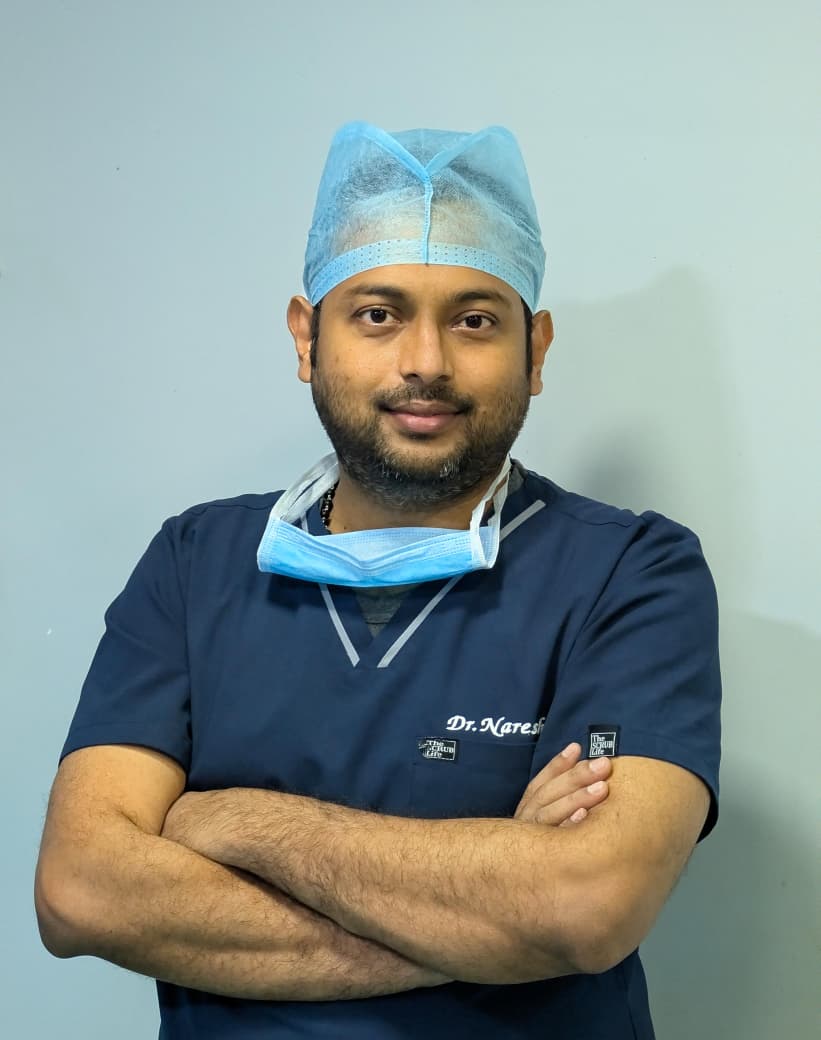

Based on 7721 Recommendations | Rated 4.68 Out of 5
Happy Patients
Clinics
Cities
Surgeries
Doctors
Hospitals
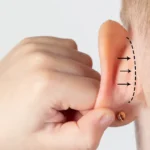
Ear surgery reshapes and balances your look.
Confidence restored with natural, lasting results.

A minimally invasive procedure to clear blocked sinuses and improve breathing.
It relieves sinus infections, nasal congestion, and headaches effectively.
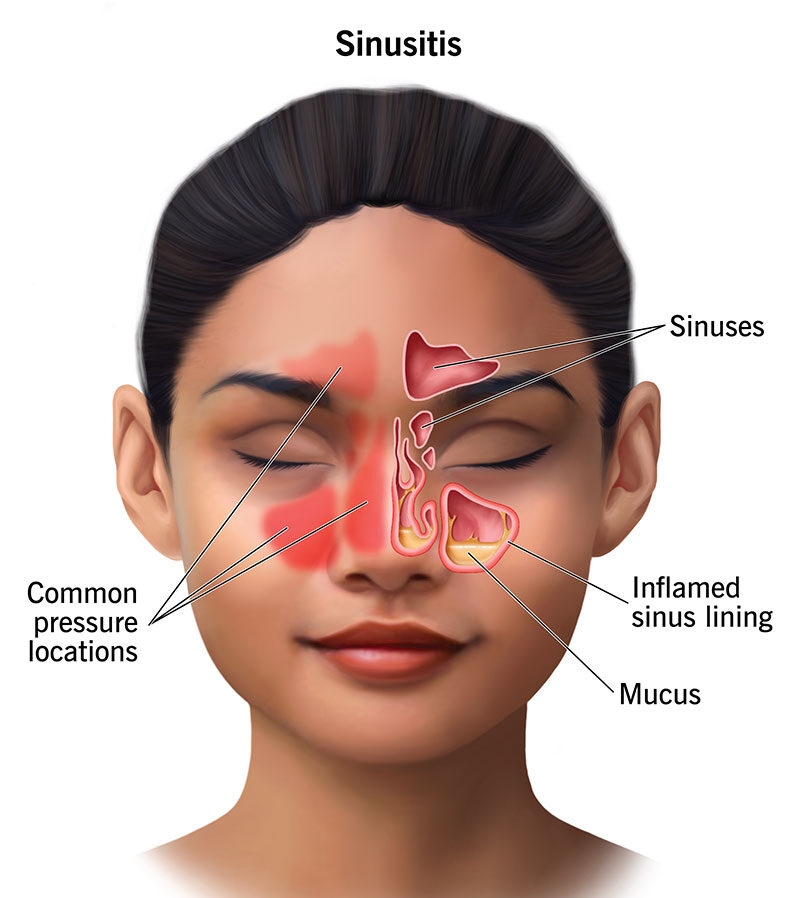
Sinus treatment relieves blockage, pain, and pressure.
Breathe easier with advanced, long-lasting care.
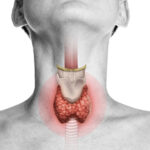
Thyroidectomy removes part or all of the thyroid gland.
It helps treat thyroid nodules, goiter, or cancer effectively.

Nasal polyps are soft, painless growths in nasal passages.
Treatment helps restore easy breathing and clear sinuses.
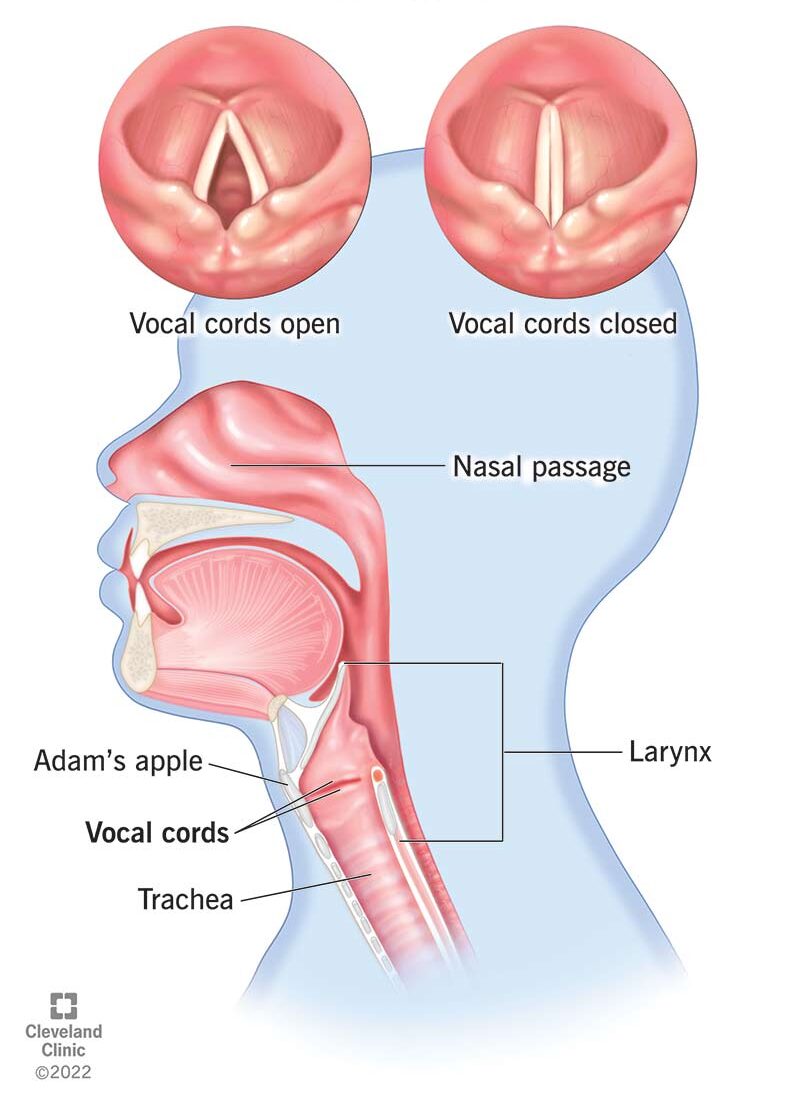
Vocal cord polyp is a benign growth affecting voice.
Treatment restores clear speech and vocal health.
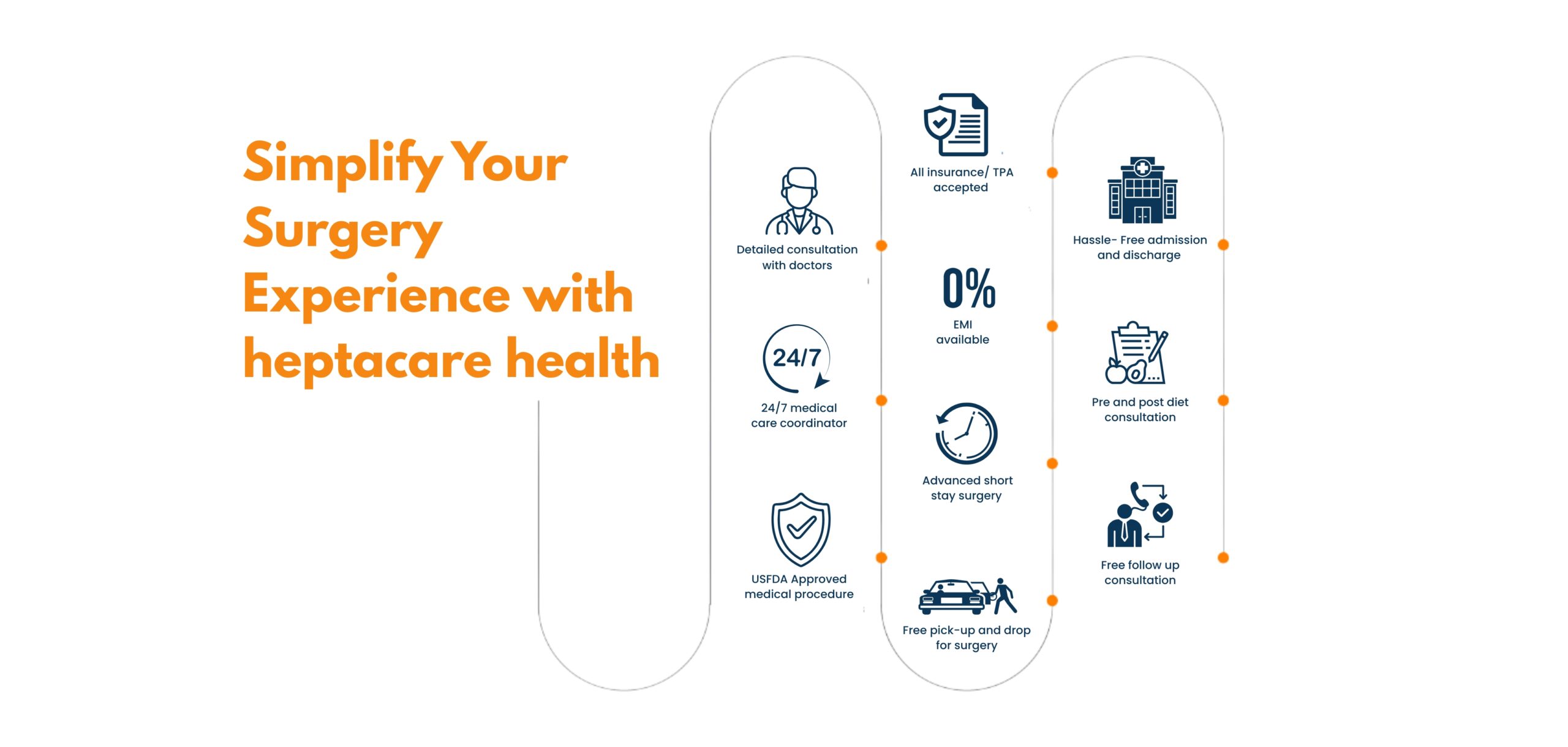
Ear pain or itching may occur due to earwax buildup, infection, allergy, or fungal infection. Avoid inserting objects like earbuds or pins — it can worsen the problem. A proper ENT check-up is recommended.
Never use cotton buds. Instead, use doctor-prescribed ear drops or visit an ENT specialist who can clean your ear safely using suction or irrigation.
Blocked ears can happen due to wax, fluid behind the eardrum, or sinus issues. ENT evaluation and simple cleaning or medication usually fix it.
Tinnitus may result from exposure to loud sounds, ear infections, or nerve-related hearing loss. It’s best to get a hearing test and ENT consultation.
●ear surgery cost in Vizag ● nose surgery cost in Vizag ● throat surgery cost in Vizag ● ENT treatment cost in Vizag ● ear surgery cost in Hyderabad ● nose surgery cost in Hyderabad ● throat surgery cost in Hyderabad ● ENT treatment cost in Hyderabad ● ear surgery cost in Vijayawada ● nose surgery cost in Vijayawada ● throat surgery cost in Vijayawada ● ENT treatment cost in Vijayawada ● low-cost ENT surgery near me ● affordable ENT treatment near me ● low-cost ear surgery near me ● low-cost nose surgery near me ● low-cost throat surgery near me ● best ENT surgery cost near me ● ENT surgery packages in Vizag ● ENT surgery packages in Hyderabad ● ENT surgery packages in Vijayawada ● ENT operation price near me ● ear operation cost near me ● sinus surgery cost near me ● tonsil surgery cost near me ● septoplasty cost near me ● adenoid surgery cost near me ● laser ENT surgery cost near me ● ENT treatment with insurance in Vizag ● ENT treatment with insurance in Hyderabad ● ENT treatment with insurance in Vijayawada ● ENT surgery with EMI in Vizag ● ENT surgery with EMI in Hyderabad
Disclaimer: **The result and experience may vary from patient to patient.. ***By submitting the form or calling, you agree to receive important updates and marketing communications.
Getting an accurate diagnosis can be one of the most impactful experiences that you can have.

cure with care
Copyright © 2025. All rights reserved.
Consult with our expert surgeon for more than 50+ diseases
Happy Patients
Hospitals
Cities